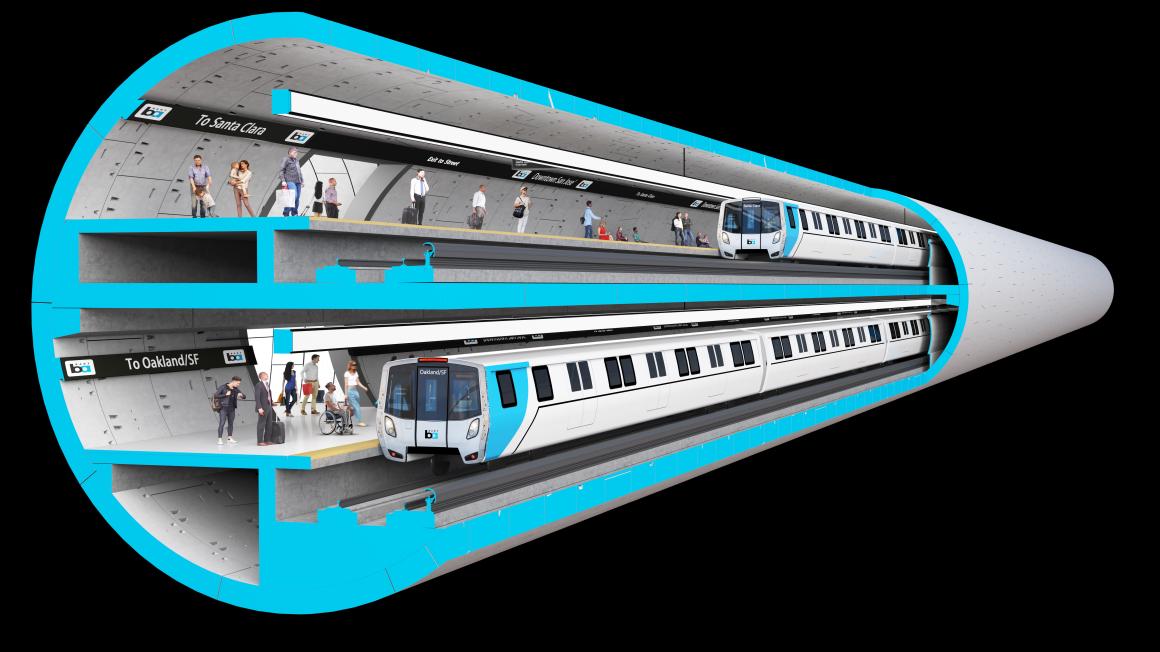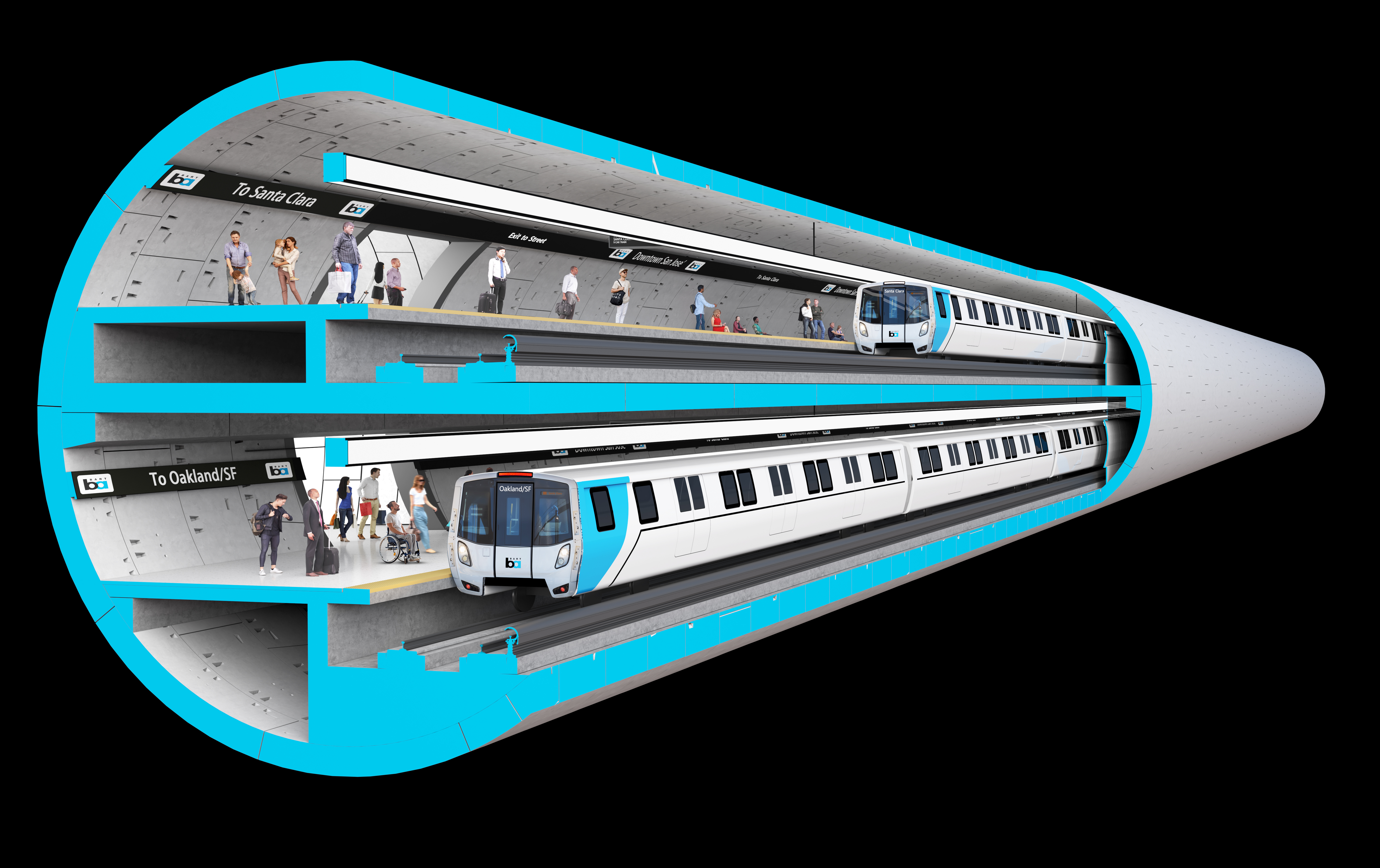T3G
Senior Member
Is there any HSR system anywhere in the world that is set up like this? Is there any rail system in the world set up like this?To use the subways (Line 2 or Line 4) or GO Midtown Train to get to their final destination.
The only possible time scenario in which something like this could happen is at airports, because of the nature of the things they have to build them far away from any high rise construction. It is accepted as a necessary evil. I have never seen this happen with trains, because every major city of the world has a train station in, or extremely near, its city centre.
Dropping people off in the middle of nowhere and telling them "screw you, to get downtown you'll need to transfer twice" (and it will be downtown that these people are headed, because there is nothing in the suburbs worth going to) would be positively disgraceful. If these were the transfers that were proposed, you would achieve more bang for your buck if you set the untold billions HSR would cost on fire.






